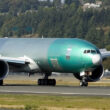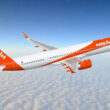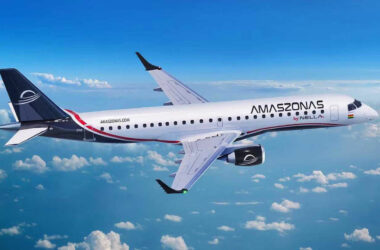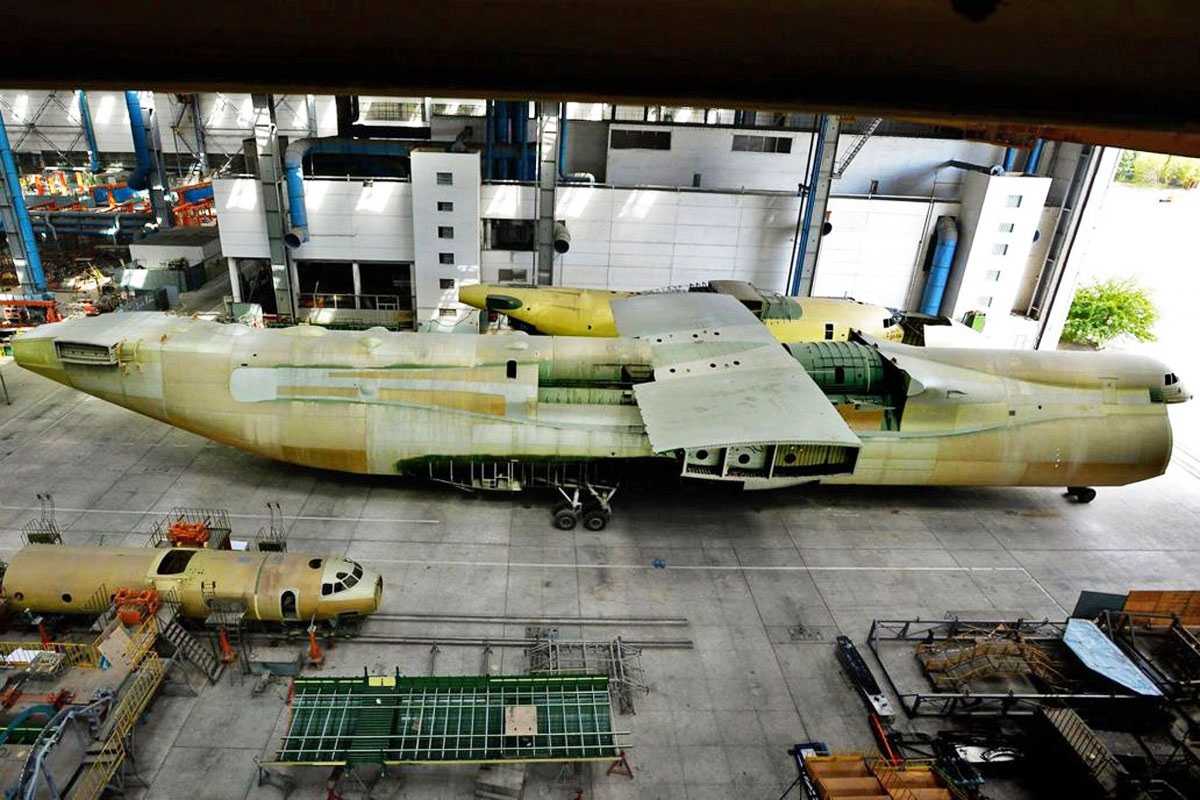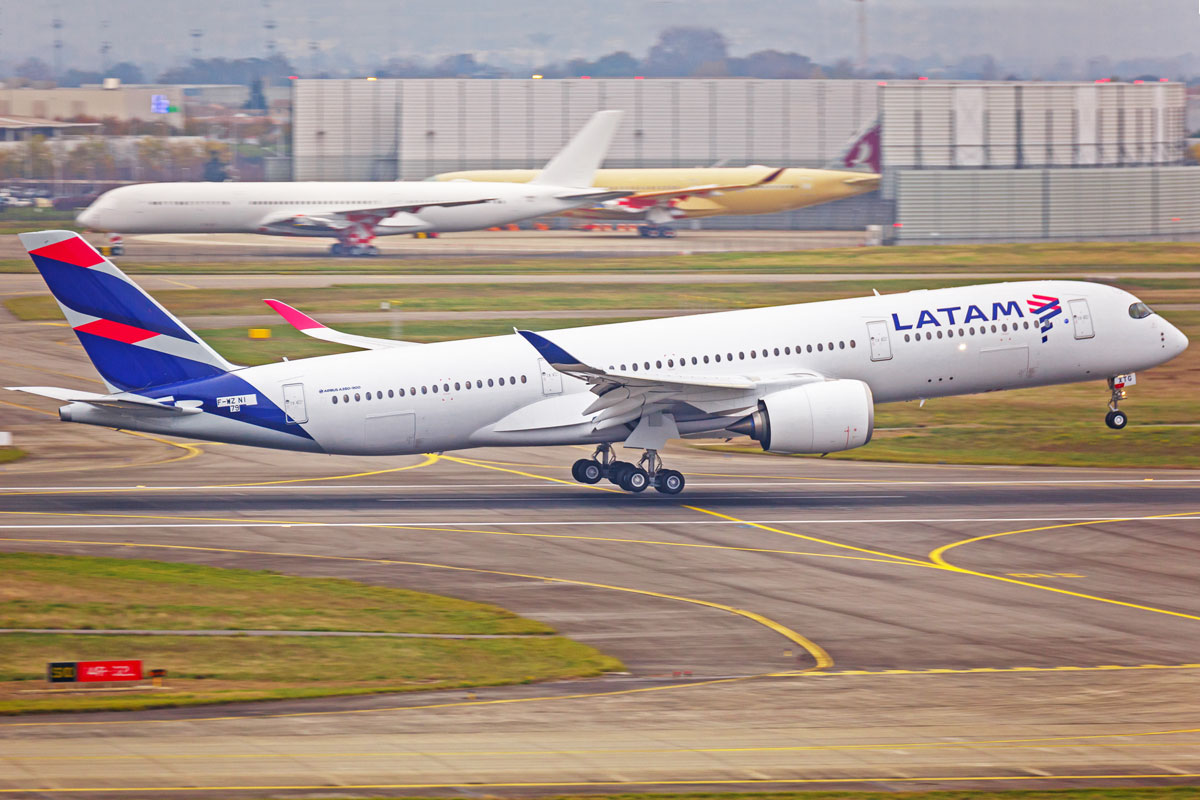Lufthansa has finally announced which short and medium-haul aircraft will reinforce its fleet and will also be used in the new subsidiary City Airlines. The German group decided to order 40 Airbus A220-300 and 40 Boeing 737 MAX 8.
The choice is a big blow for Embraer, which was betting on the lower cost of the E195-E2 to beat the competition.
According to Lufthansa, the A220-300 will be configured with 148 seats and the first aircraft will be delivered in 2026. The company also has 20 purchase options for the type.
The A220s will be operated by Lufthansa City Airlines, a low-cost regional carrier that will act as a feeder for the parent company’s flights in Munich and Frankfurt.
City will debut its first flights in the summer of 2024 with A319 aircraft transferred by Lufthansa until the arrival of the first A220s.
Boeing 737 back to Lufthansa
In addition to the A220, Lufthansa also revealed its first order for the 737 MAX, of which it will receive 40 737-8 version aircraft from the third quarter of 2027 and will have 190 seats, a very dense configuration.
According to the German company, it has not yet been decided which airlines in the group will receive the 737, but Swiss, City and Lufthansa itself would not be among them.
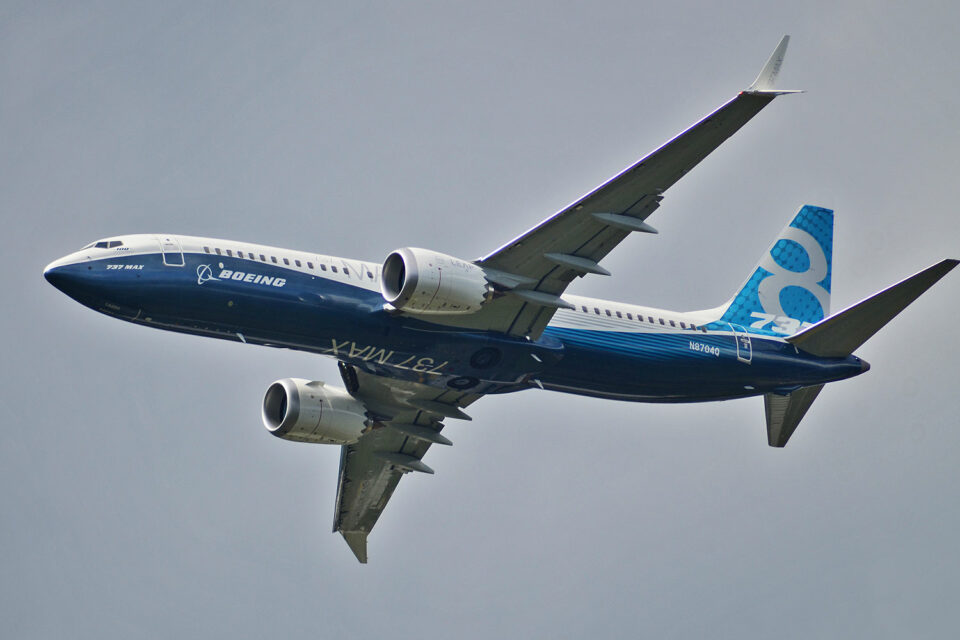
Still, this is the return of the narrow-body jet to the group after the deactivation of 737-300 models in 2016.
Lufthansa operated 155 Boeing jets in the past, such as the pioneering 737-100, of which the company was the first customer in the world in 1968.
In addition to the new orders, Lufthansa also secured a further 40 purchase options for A320neo family aircraft.
Tough defeat, but not surprising
Lufthansa’s choice for the A220 instead of the E195-E2 seemed like an easy choice since Airbus has been operating in Swiss for many years.
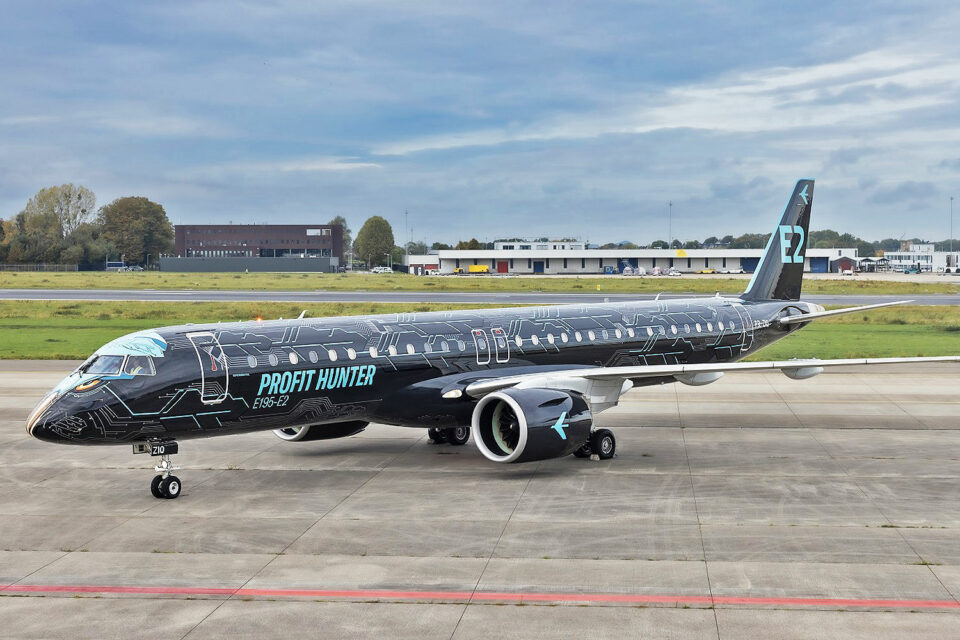
The bargaining power of the European manufacturer, which has hundreds of orders for aircraft from the German group, may also have weighed in favor of more advantageous acquisition conditions.
Although Embraer has a considerable fleet of first-generation E-Jets operating in some subsidiaries, they have a secondary role in the network as a whole.


